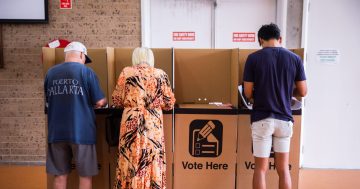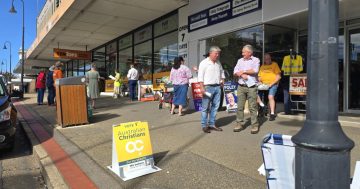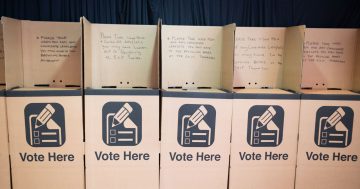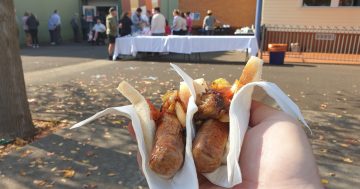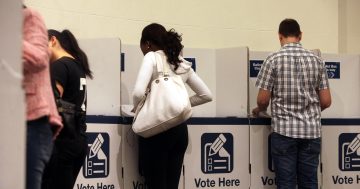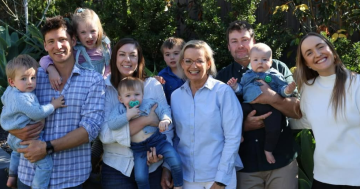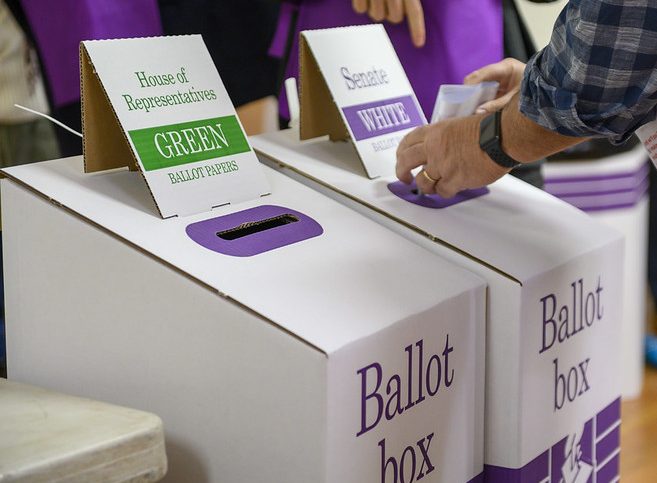
Ensure you’ve followed the correct procedures when filling out your ballot papers. Photo: AEC Images.
More than 1400 people around Australia have put their hand up to run as a candidate in the upcoming federal election.
All Australians aged 18 and over will be voting for the candidate of their choice in both the House of Representatives and Senate.
Given there’s always so much noise around election time, we’ve cut to the chase and prepared this guide on why, when, where and how you can vote.
When is the federal election?
A federal election is held every three years and this year is on Saturday, 3 May.
What does the federal government do?
The federal government is responsible for the big-ticket items that are the same for everyone regardless of which state you live in – foreign affairs, social security, industrial relations, trade, immigration, currency, and defence.
The decision-making body of the federal government is the Federal Parliament, which consists of two “houses” – the House of Representatives (the Lower House) and the Senate (Upper House).
People elected to the Lower House each represent a geographic electorate in Australia. The leader of the federal government is the prime minister, who has been elected by their fellow party members as the leader of the party that has won the majority of members elected to the House of Representatives.
A candidate must gain more than 50 per cent of the formal votes at a federal election to win their seat.
Then there is the Senate. The Senate plays a joint role with the House of Representatives in reviewing, debating and voting on proposed laws. Representatives elected to the Senate are called senators. They represent a whole state or territory – there are 12 senators for every state and two for each territory.
So am I voting for the prime minister?
Not directly – unless you live in their electorate, you won’t see Anthony Albanese’s or Peter Dutton’s name on your ballot paper.
When you vote to elect someone to the House of Representatives and you number your preferred candidates, you are putting in your preference for who you would like to be your elected representative. This person could be a member of a political party, like the Labor Party, the Liberal Party, the Greens, or the Nationals. Or they may be an independent candidate. The person who is successfully elected will become your Member of Parliament (MP).
Who am I voting for?
In this election, you will be voting for your House of Representative candidate and your state or territory’s Senate candidates.
When you turn up to vote on election day, you will be given two ballot papers: a small green one to elect a local member to the House of Representatives, and a large white one in a state or territory-wide vote to elect senators.
You can check which electorate you live in by clicking here.
If I don’t care about voting, do I still have to vote?
You sure do – all Australian citizens aged 18 years and over must be enrolled and vote in federal elections.

Above: A sample ballot paper for the House of Representatives candidates; below, a sample Senate paper. Photos: AEC.
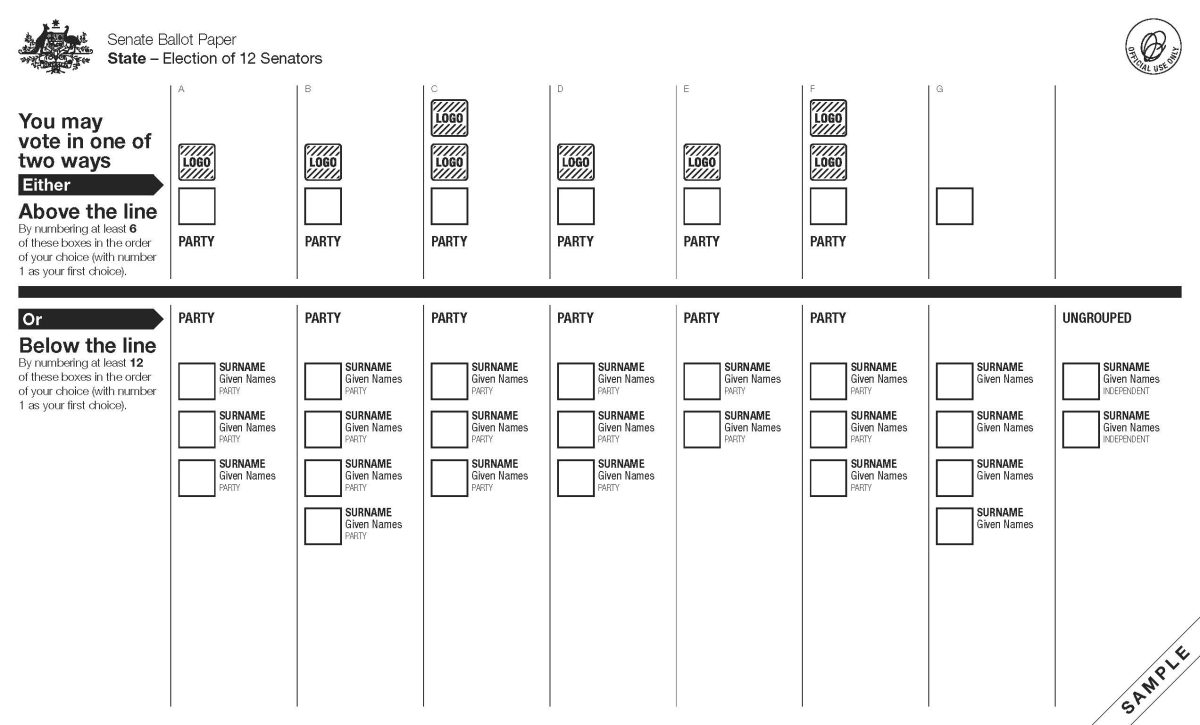
Why is it compulsory to vote?
Voting in federal elections has been compulsory in Australia since 1924. Although enrolling to vote was made compulsory in 1912, there was some concern about the declining number of people actually voting. Numbers fell from more than 71 per cent at the 1919 election to less than 60 per cent at the 1922 election. One of the main arguments for compulsory voting is that it maintains a high level of participation in elections.
Where and when can I vote?
You can vote at any polling place on election day. Polling places are open from 8 am to 6 pm. They are usually at schools, churches, community halls and other public buildings. To find your nearest polling place, click here.
What if I’m working or travelling or unable to get to the polling booth on election day?
If you can’t make it to a polling place on election day, you may be eligible to vote early in person or by post.
Voting early in person: If you are eligible, you can vote before election day. Early voting centres opened on Tuesday, 22 April. Opening dates and times vary, so click here to check the details for each centre. For more information on early voting and eligibility, visit the Australian Electoral Commission (AEC) or call 13 23 26.
Postal voting: Postal voting is available to eligible voters. Check your eligibility and apply online. Applications must be received by the AEC no later than 6 pm on Wednesday, 30 April.
If I am out of town, can I just vote at another polling booth on election day?
If you will be interstate on election day, you may vote at a designated interstate voting centre.
Can I get help to vote?
If you have a mobility restriction or disability, or care for someone who does, click here to check the accessibility details of polling places.
For voters who are blind or have low vision, there are voting options that may assist. Visit the AEC website or call 13 23 26.
How do I vote?
House of Representatives
On the green ballot paper, you must number every box in the order of your choice. Put the number ‘’1’’ in the box for the candidate who is your first choice, a ‘’2’’ for your second choice and so on until you’ve numbered all the boxes.
Senate
On the white ballot paper, you have a choice of two ways to vote.
The ballot paper is divided by a thick black line with the option to vote for parties and groups above the line, or to vote for candidates below the line.
If you vote above the line, you must mark at least six preferences, from 1-6. You can continue to number beyond six if you wish.
If you vote below the line, you must mark at least 12 preferences for candidates. You can continue to number beyond that if you wish.
You can practise how to vote ahead of election day – click here.
Above all, don’t worry if you make a mistake. You can ask for another ballot paper and start again.
How can I find information about the candidates in my electorate?
All Region sites will be running details on your local candidates in the lead-up to the election.
There is also an independent site named Build a Ballot, which provides information you need to do your own research. You can learn about your local candidates and parties and plan your own preferences ahead of election day.










